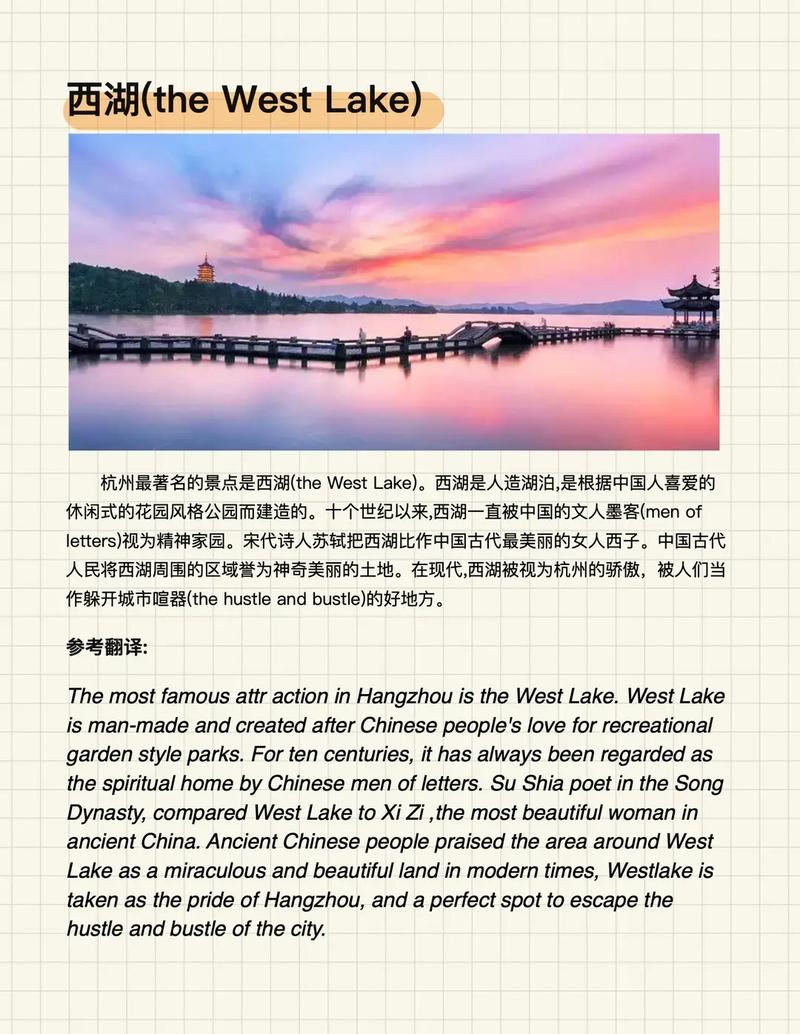EnglishforTravelWebsites
When it comes to creating content for a travel website in English, it is important to keep in mind the target audience and the purpose of the website. Here are some key points to consider:
1. Engaging Headlines and Descriptions
Use catchy headlines and descriptions to attract visitors to your website. Highlight the unique features of each destination or tour package to entice readers to learn more.
2. Clear and Concise Information
Provide clear and concise information about each destination, including popular attractions, activities, and local culture. Make sure the information is easy to read and understand for international visitors.
3. High-Quality Images and Videos
Visual content plays a crucial role in attracting visitors to a travel website. Use high-quality images and videos to showcase the beauty of each destination and give visitors a glimpse of what to expect.
4. Interactive Maps and Itineraries
Include interactive maps and sample itineraries to help visitors plan their trips more effectively. This can also help them visualize the locations of attractions and accommodations.
5. Customer Reviews and Testimonials
Display customer reviews and testimonials to build trust with potential visitors. Positive feedback from previous travelers can help convince others to book their trips through your website.
6. Booking Options and Payment Methods
Make it easy for visitors to book tours, accommodations, and transportation directly through your website. Provide multiple payment options to cater to a global audience.
7. Travel Tips and Guides
Offer travel tips and guides to help visitors navigate each destination more easily. This can include information on local customs, transportation options, and safety tips.
8. Multilingual Support
If your target audience includes non-English speakers, consider offering multilingual support on your website. This can help attract a wider range of visitors and improve their overall experience.
9. Promotions and Deals
Highlight any promotions, discounts, or special deals to encourage visitors to book their trips through your website. Limited-time offers can create a sense of urgency and drive conversions.

10. Responsive Design and Mobile Optimization
Ensure that your website has a responsive design and is optimized for mobile devices. Many travelers use smartphones and tablets to research and book their trips, so it is important to provide a seamless browsing experience across all devices.
By following these tips and best practices, you can create a compelling and user-friendly travel website in English that attracts visitors and encourages them to explore the world through your platform.











